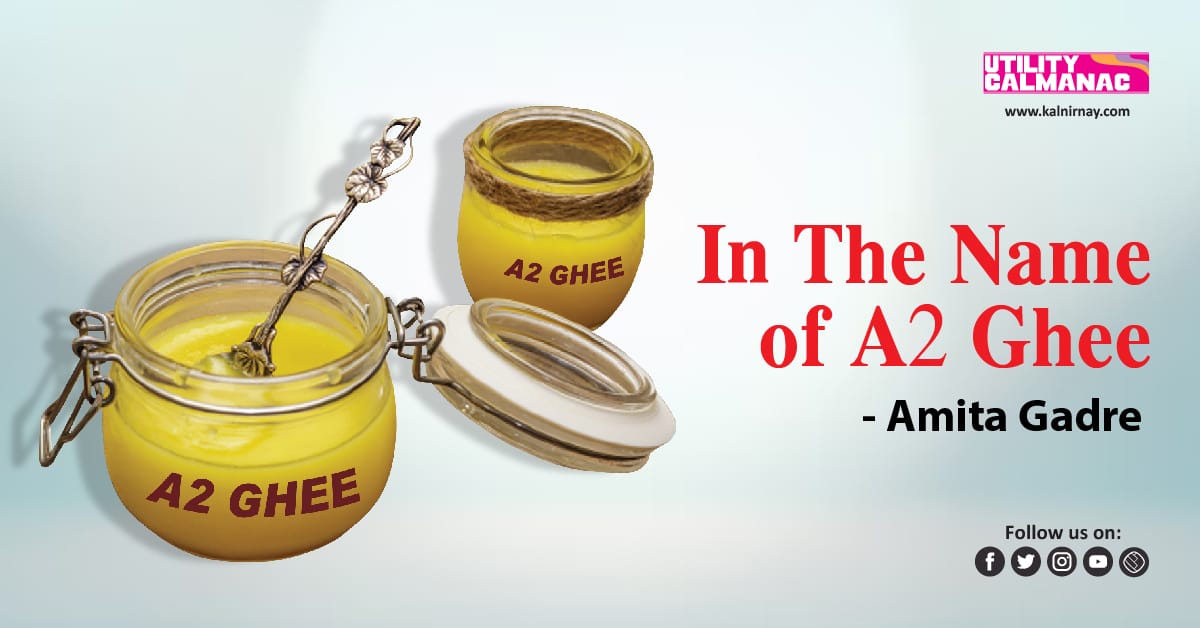In The Name of A2 Ghee
Is A2 ghee really what it claims to be? Let’s find out.
Ghee is a crucial element in the Indian diet, and its benefits were recognised and listed centuries ago! In today’s parlance, ghee is considered a superfood. And with this label, various varieties of ghee, like A2 Ghee, and Bilona Ghee, are being marketed in a manner that leads consumers to believe that they have extra benefits for the brain and digestive system, mental health, heart health, and even eyesight.
But do they have these extra benefits? To understand this, it is important to first learn about the concepts of A2 and A1.
This article is not so much to debunk these benefits as it is to give you all a better understanding of what exactly A2 Ghee is!
What is A2 ghee?
A2 Ghee is made from indigenous cow’s milk, as indicated on its packaging. The word ‘indigenous’ indicates that the cow is of an Indian breed. Ghee that does not have the A2 label is made from Jersey cow (not indigenous to India) milk or buffalo milk.
Now, the terms ‘A1’ and ‘A2’ are specific types of polypeptides (proteins) found in A1/A2 milk. If one wishes to consider ghee consumption, then one must realise that clarified ghee is pure fat, and hence the question of whether or not it contains A1 or A2 protein does not arise. The claim that drinking milk increases the risk of diabetes and heart disease is a controversial and not yet scientifically proven claim made by A2 milk sellers.
Let me explain this concept further. When butter is churned and made into ghee, the protein in it ferments into solid particles, while the upper layer consists of pure ghee (fat only). If ghee contains no protein at all, then the question of the presence of A1/A2 peptide/protein becomes irrelevant. Instantly, the requirement behind purchasing A2 ghee changes. Why should one purchase this ghee, with the hypothesised qualities of A2 ghee, at a four times higher price, if there is no protein content?
Ghee extracted from cream by burning it at home is more beneficial, irrespective of whether or not it comes from cows or buffaloes. However, if one chooses to buy ghee from the market instead of making it at home, it is better to check if this ghee tastes like homemade ghee compared to other alternatives. Also, it is advisable to check whether it is made from butter or not.
And yes, ghee, even if homemade, should not be consumed more than two spoons a day if one has diabetes or heart disease.
Amita Gadre
The author is an experienced dietitian.

